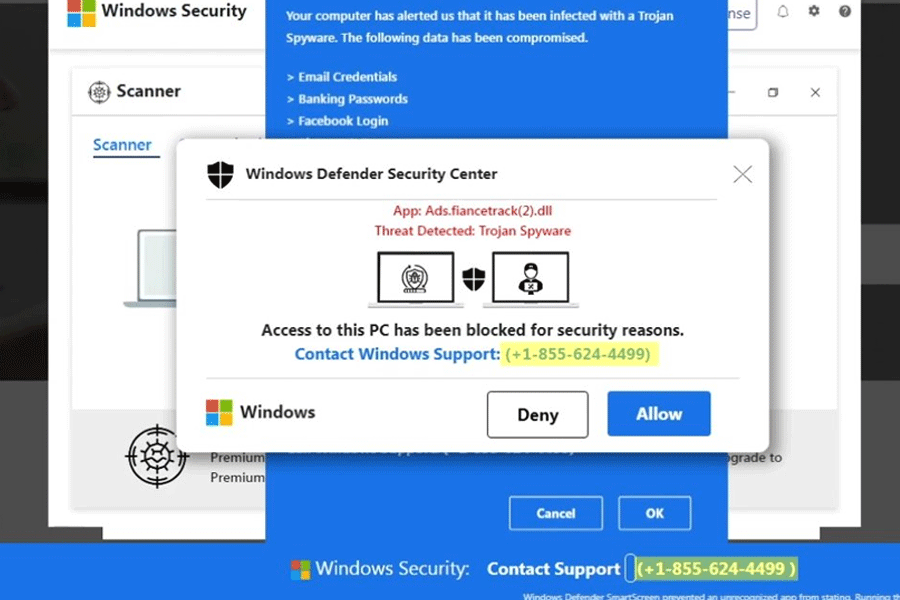 |
| Bickram Ghosh I use a hair repairing mask from L’Oréal called Baume Réparateur - Absolut Repair de L’Oréal Professionnel. Basically, I use it as a conditioner after I shampoo. It helps keep my curly hair smooth and untangled. And it softens my hair as well. |
You’d said in one of your previous articles that girls with excess facial hair can bleach instead of waxing or threading. I want to know if bleaching is harmful for the skin? How frequently can I bleach?
Sonika, email
Most bleach-based products are made up of hydroquione. Hydroquione requires great care while handling as it can irritate the skin. Never overdo facial bleaching. It is safe once in a while. The danger lies in overdoing the procedure because of the strong nature of the ingredients in bleach. Always do a patch test before bleaching. Always follow the manufacturer’s instructions for mixing and application. Cleanse an area on the elbow and apply a small amount of the product. Leave on for five minutes, or for as long as the manufacturer’s instructions state. Then remove the bleach with some damp cotton wool. Over the next 24 hours check for any adverse reaction. It is likely that a reaction will occur almost immediately if there’s to be one. A burning or stinging sensation with redness and itchiness are common. Remove the bleach immediately and place a cool compress on the area. Do not use the bleach if there’s a reaction.
Otherwise, apply the mixture with a fine brush. Try to ensure that the bleach stays on the hair and not on the skin. Never apply bleach after a hot shower as the pores are open and the bleach can enter the skin and cause irritation. Don’t try to alter your skin tone, just bleach out the imperfections. Never exceed the processing time and do not guess — use a clock. Dark spots may appear if the bleach is left on for too long. Bleach is not safe to use near the eyes, over sunburns, inflamed or chapped skin, or an area that is freshly tweezed or shaved.











